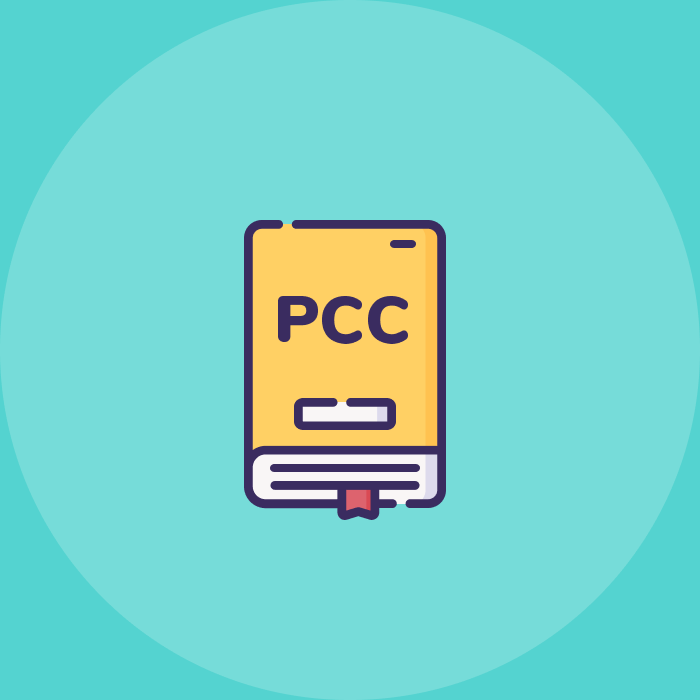Learn everything about mobile-first marketing, strategy and practices
Today, mobile is the primary platform for most activities like online search, entertainment and purchases. People spend more than 3.5 hours on mobile devices every day, keeping in mind that everyone wants to target the mobile-first market.
Before deciding on design and marketing strategies, businesses should focus on implementing a mobile-first marketing approach so they can capture the market.
Wondering what mobile-first marketing is? How does it work? This blog will explain everything you need to know about mobile-first marketing strategy and best practices.
What is mobile-first marketing?
In 2009, Luke Wroblewski explained common issues while transitioning from desktop to mobile web in his book. He popularized the term “mobile-first,” which refers to the decision to shape your business with mobile users as the priority.
In 2016, Google started working on mobile-first indexing as most people were doing searches on mobile devices rather than desktops. As a result, businesses began to design and develop websites focusing on the mobile-first approach so it can index widely.
Google announced that we'd be switching to mobile-first indexing for all websites starting September 2020
A mobile-first strategy can prioritize your business’s mobile app and mobile web capabilities over desktop.
What are the benefits of being mobile-first?
1. Increase customer reach
Mobile has become an integral component of the sales funnel from a sales perspective, particularly in the research phase. More than half of consumers in this study stated they had researched products they wanted to buy via mobile device. In turn, fewer than half used their mobile device to make a purchase.
The relationship millennials have with their mobile devices has drastically altered their buying habits, the way they gather information and their methodology in purchasing. In addition, mobile devices grant millennials instantaneous gratification to their queries when interacting with brands online.
2. Provide information on fingers
According to Gallup polls, more than half of millennials “cannot imagine living without” their phones; even a sliver of the population is willing to go to prison for a month to keep from losing their devices.
These devices are also changing the way consumers want their information presented. Content sought after by mobile device users greatly varies from that for the desktop. Consumers frequently using devices like smartphones and tablets seek short-form, easy-to-digest content that is simple to consume when they only have a short moment to surf the web.
For this reason, social media apps like Instagram, Twitter and Snapchat have become some of the most widely used platforms on mobile devices. They quickly satisfy consumers’ need for online entertainment, even if they have just a few minutes between meetings, commuting from place to place or waiting in line to grab a coffee.
3. Provide a superior customer experience
Today’s consumers, especially millennials, use their mobile devices to research product information and check or compare prices throughout the customer journey. As a result, providing a seamless mobile experience is no longer a luxury for brands; it’s a priority. Consumers expect this from every brand they choose to do business with, and if a brand doesn’t deliver, they will simply find one who can.
Mobile sites that don’t load fast enough or have too complex navigation will pay the price, sacrificing sales and losing focus on the customer experience.
Best practices to create a mobile-first marketing strategy?
Mobile-first marketing is essential in designing a customer-centric experience. Still, for those who are newcomers to mobile marketing or those looking to revamp a current strategy, mobile-first marketing is much easier said than done.
Here are some of the practices you can take to ensure that your website design, structure, and content reflect a mobile-first strategy.
1. Optimize size for mobile
The first step in creating a best-in-class mobile marketing strategy for a brand is making sure that any content or information marketed to a target audience can be seen accurately on a mobile device. It includes creating a unique design for mobile devices that can scale to fit the smaller screen size.
2. Optimize content for the user and search engine
A site that doesn’t convert to mobile forces consumers to zoom in and out of a product image or struggle to locate a navigation bar, which can be extremely frustrating and will likely lead to the consumer exiting a site to find a simpler alternative.
3. Use responsive design
A key to a mobile-first website is using a responsive web design. Responsive web designs that use HTML frameworks allow designers to organize content in grids to choose how large each grid section displays on differently sized devices or even hide some areas for specific devices. It will ensure content translates effectively from device to device, no matter its size.
4. Easy and engaging user onboarding
Just because a digital strategy works for desktop users, it doesn’t mean it will hold for mobile users. However, creating a mobile-first process that is unique to the capabilities of mobile devices is more engaging for consumers and puts a creative spin on traditional marketing tactics.
For example, during the release of the new Taurus and Escape vehicle models, Ford created a future-forward mobile marketing strategy that connected mobile viewing and texting capabilities. So if individuals were curious about either vehicle and wanted more information, they simply needed to send a one-word text message.
Once the consumer sent the text, they’d be provided with the relevant information on the vehicle and asked for their name and zip code. This information can send to their closest dealership, from where a sales professional can reach out. Ford’s strategy utilized mobile to their benefit, but it also streamlined the sales process for consumers.
5. Integrate with social media
Because most mobile users’ time online is spent on social media apps, brands must have a presence on these platforms. It means creating and maintaining profiles for a business; it also means keeping up with current social media trends, which are constantly evolving.
Marketers can try dabbling in influencer marketing, Livestream video or enabling eCommerce features on their profiles. Each avenue can highlight the benefits of a brand and motivate consumers to move to the next phase of the sales funnel.
Conclusion
To make it in the digital market, a brand must have a mobile-first marketing strategy. With millennials taking ownership of the market and relying on their mobile devices more than ever, now is the time to make sure marketing attempts reach the target audience's mobile devices.
By staying on top of the latest mobile marketing strategy innovations, brands can begin to generate new leads, increase conversion rates and support thriving businesses.
Subscribe to weekly updates
You’ll also receive some of our best posts today






